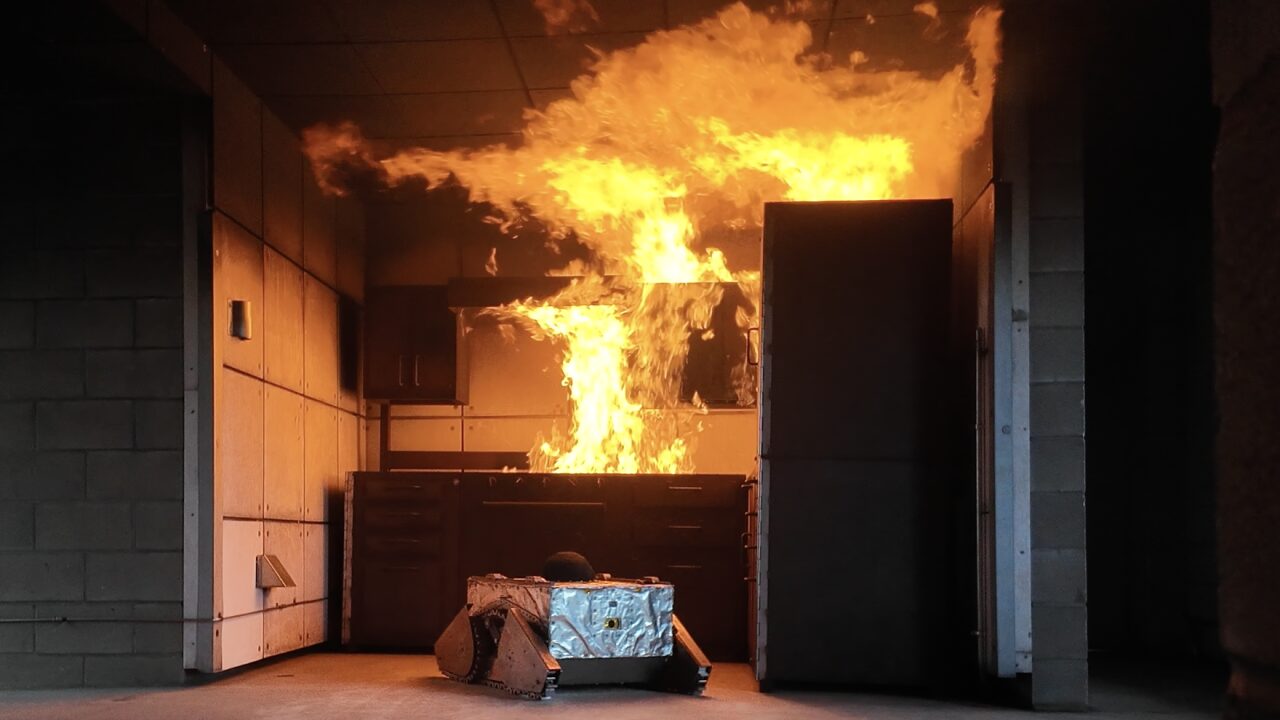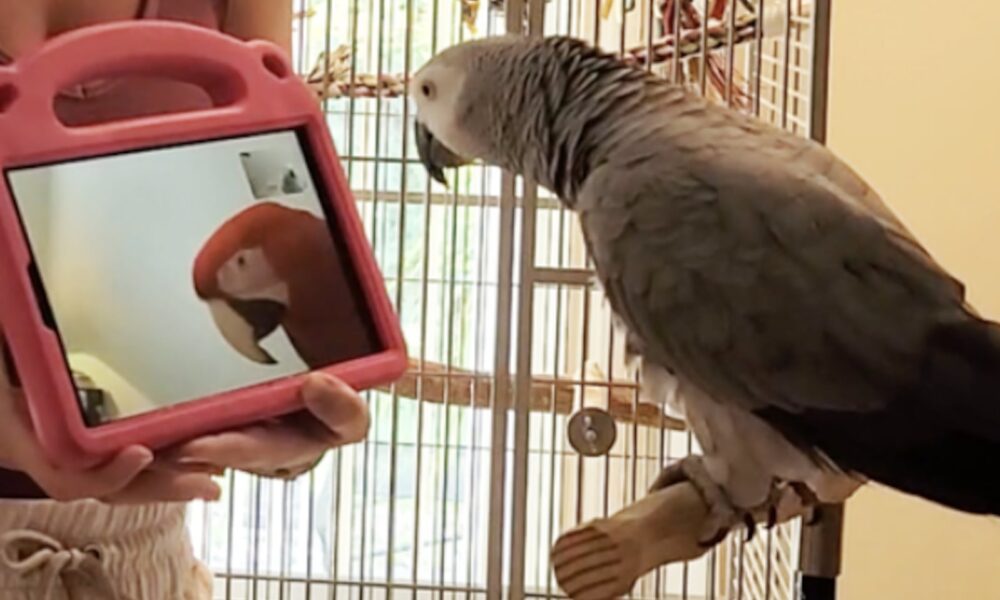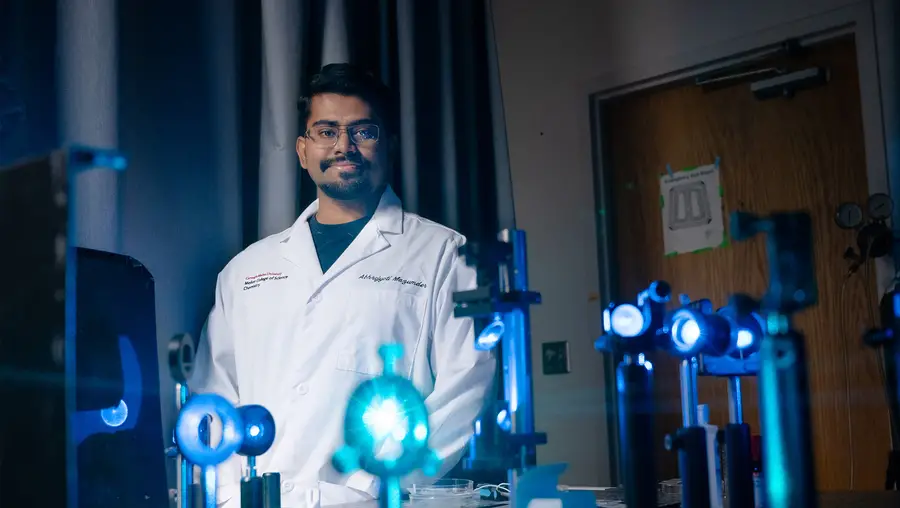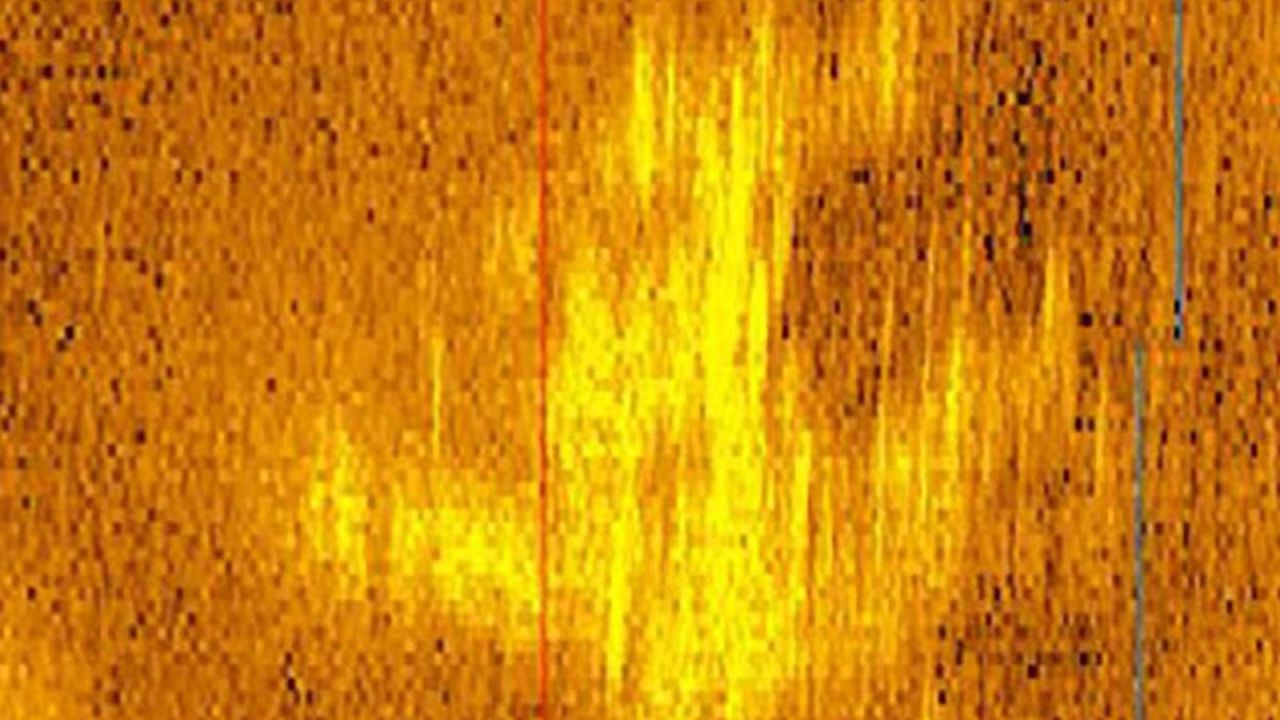A group of university students and recent graduates from the University of Texas at Austin has developed an innovative robot, named Firebot, designed to assist firefighters in hazardous environments. This heat-resistant robot aims to enhance safety and efficiency during firefighting operations, particularly in extreme conditions that pose significant risks to human responders.
Firebot’s Design and Capabilities
Firebot is engineered to withstand high temperatures and navigate through smoke-filled areas. Its design incorporates advanced sensors that allow it to detect heat sources and navigate obstacles, providing critical real-time information to firefighting teams. This technology could reduce the need for firefighters to enter dangerous situations directly, potentially saving lives and resources.
The project began as part of a capstone course at the University of Texas at Austin, where students were challenged to create solutions to real-world problems. The team, composed of various engineering disciplines, collaborated over the course of a year to bring Firebot from concept to reality. According to lead engineer Sarah Thompson, “Our goal was to create a robot that could function effectively in environments that are typically too perilous for human firefighters.”
Impact on Firefighting Practices
The introduction of Firebot could mark a significant shift in firefighting practices. As urban areas grow and wildfires become more frequent, the demand for innovative solutions to combat these threats increases. Firebot’s ability to gather data in real time could improve decision-making during emergencies, enabling firefighters to respond more effectively.
The team has already conducted preliminary tests, demonstrating Firebot’s effectiveness in various simulated fire scenarios. Early results show that the robot can navigate through complex environments while maintaining its structural integrity in high heat. The students plan to continue refining the design, with hopes of rolling out a fully operational model within the next two years.
As fire departments around the world explore new technologies, Firebot represents a promising advancement in the field. The project has garnered interest from local fire departments in Austin, who are eager to incorporate such technology into their operations. “We are always looking for ways to enhance safety and effectiveness in the field,” noted Chief Fire Officer Mark Sanchez of the Austin Fire Department.
In addition to its potential applications in firefighting, the technology used in Firebot could have broader implications. The sensors and navigation systems developed for the robot might also be adapted for use in other emergency response situations, such as search and rescue operations.
The development of Firebot highlights the innovative spirit of young engineers and their commitment to addressing critical challenges. As these students prepare to graduate, they are not only contributing to the future of firefighting but also inspiring a new generation of engineers to think creatively about solutions to pressing societal issues.







